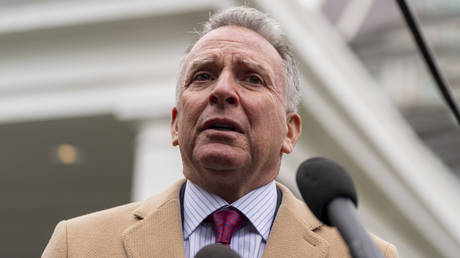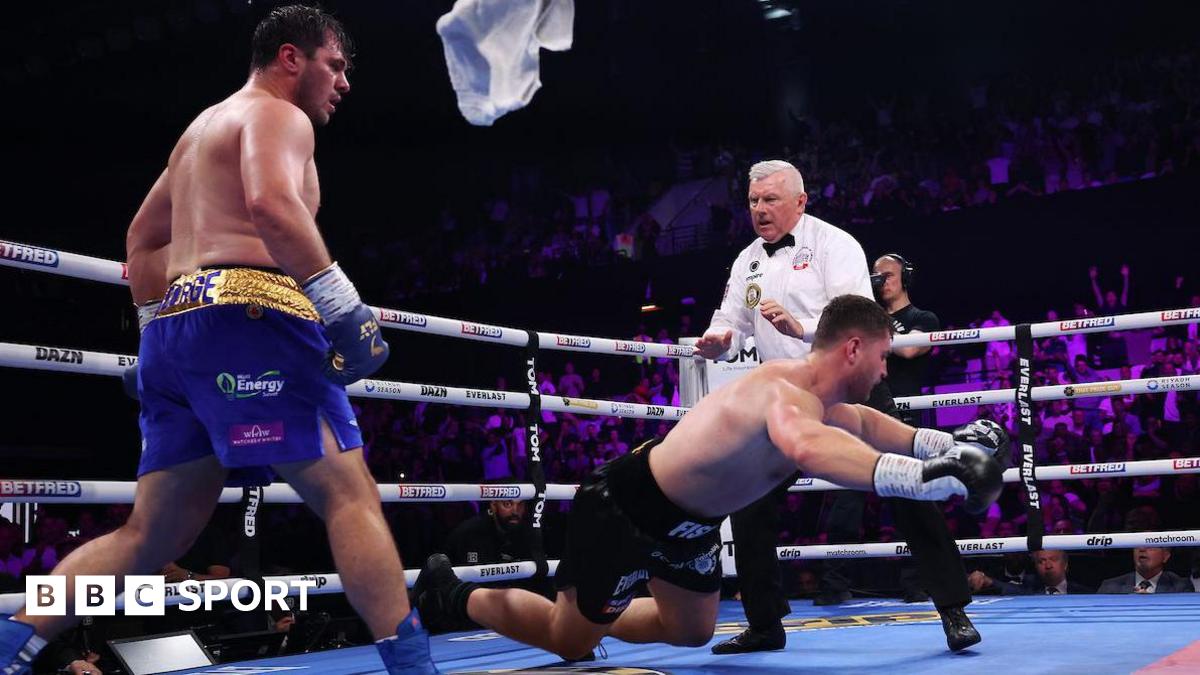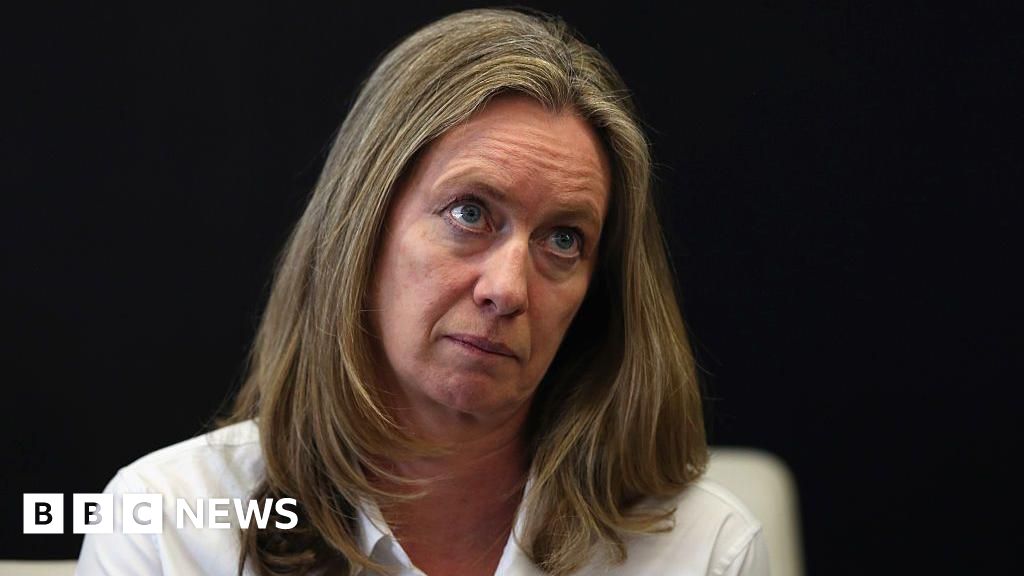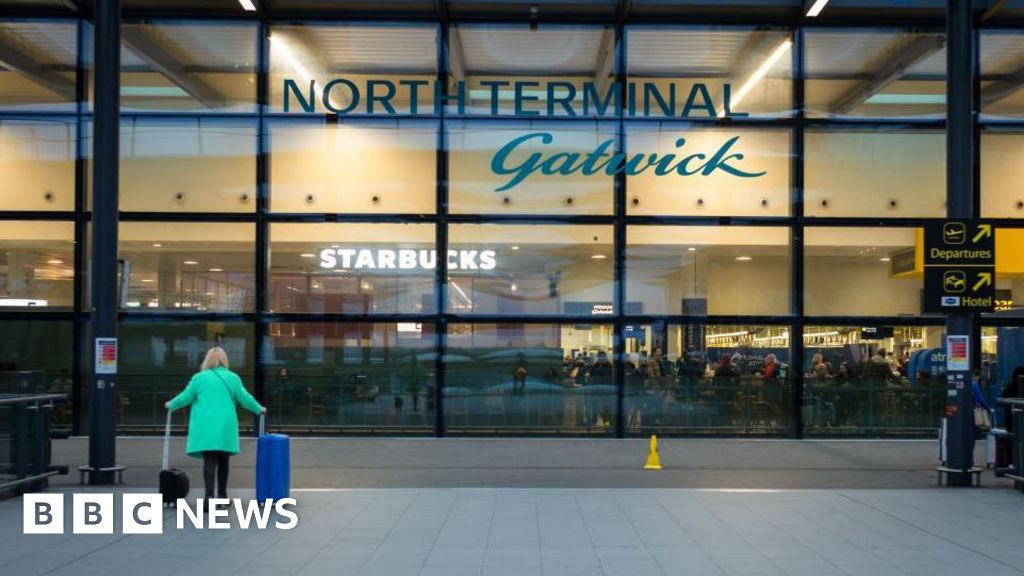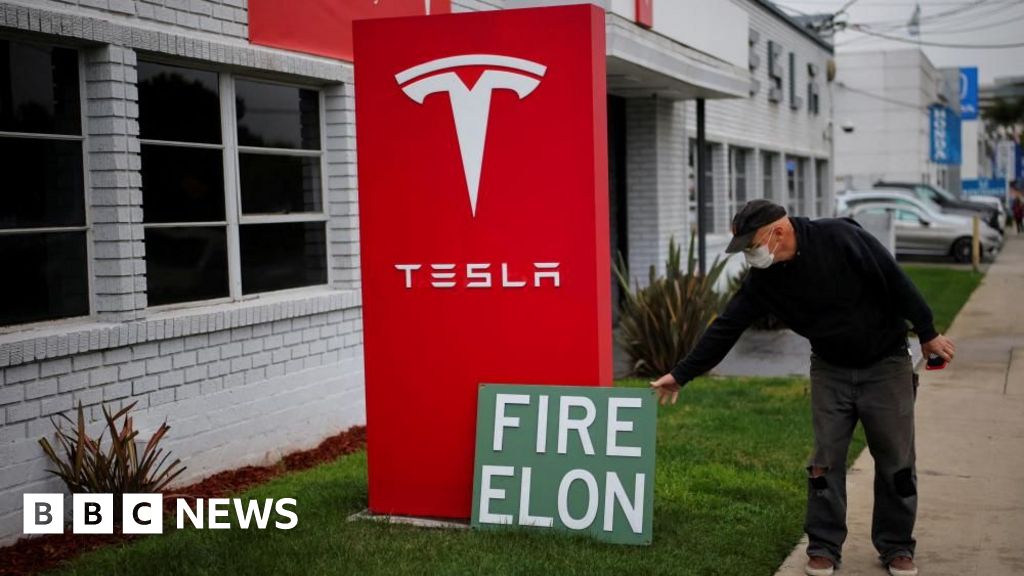How Much Does It Cost to Build Storage Units? Essential Guide for Investors

Key Takeaways
- Cost Components: Building storage units involves various costs including land acquisition, construction materials, labor, site preparation, and utility installations, which all significantly impact the overall investment.
- Location Matters: The geographical location affects the cost of land and construction, with urban areas typically incurring higher expenses but potentially offering greater demand for storage units.
- Size and Design Impact Costs: The size and complexity of your storage facility influence pricing, with larger and more intricate designs resulting in increased construction and material costs.
- Permits and Legal Fees: Always budget for permits and legal fees, which can add thousands to your total costs and vary based on local regulations.
- Financing Options: Explore various financing methods, including traditional loans, private equity, crowdfunding, and partnerships, to effectively manage construction costs and ensure financial flexibility.
- Long-Term Planning: Accurate budgeting and understanding of factors influencing costs are essential for maximizing returns in the storage unit business, allowing for informed decision-making before construction begins.
Thinking about diving into the storage unit business? Understanding the costs involved is crucial for making informed decisions. From land acquisition to construction materials and operational expenses, several factors play a role in determining your overall investment.
Storage units can be a lucrative venture, but the initial outlay can vary significantly based on location, size, and design. Whether you’re considering a small facility or a large complex, knowing the financial landscape will help you plan effectively and maximize your returns. Let’s explore the key components that influence the cost of building storage units and what you need to consider before taking the plunge.
Overview of Storage Unit Construction Costs

Understanding storage unit construction costs is crucial for small business owners entering this industry. Costs typically vary based on multiple factors that influence the overall investment.
Key Components of Costs
| Component | Estimated Cost Range |
|---|---|
| Land Acquisition | $1 to $5 per square foot |
| Site Preparation | $1,000 to $20,000 |
| Building Materials | $10,000 to $100,000+ |
| Labor Costs | $30 to $50 per hour |
| Utilities Installation | $5,000 to $15,000 |
Factors Affecting Costs
- Location: Urban areas often present higher land prices but may lead to increased demand for storage units.
- Size: Larger facilities incur more construction costs but can house more units, potentially increasing revenue.
- Design: Complex designs can elevate expenses, while standard layouts may reduce costs.
- Zoning: Local zoning laws may dictate construction requirements and costs.
- Accessibility: Sites with better access may require less investment in road construction and utility setups.
Budgeting for these expenses allows you to calculate return on investment accurately. Understanding these components enhances your plan, ensuring you approach storage unit construction with informed financial expectations.
Factors Influencing Storage Unit Costs

Understanding the factors influencing storage unit costs is crucial for small business owners. Each element significantly impacts your overall investment.
Location and Land Costs
Location plays a vital role in determining your construction expenses. Urban areas usually come with higher land prices and labor costs compared to rural locations. Local building regulations and zoning laws can also raise your costs, depending on the community’s requirements. Consider site accessibility and necessary improvements to the land; these factors can substantially affect your budget.
Size and Design Considerations
The size and design of your storage facility directly influence construction costs. Average estimates for traditional storage units range from $25 to $70 per square foot. Larger facilities typically incur higher overall costs. Complex designs or added features, such as security systems and climate control, push costs even higher. Climate-controlled units can cost between $50 and $100 per square foot, mainly due to HVAC systems and specialized insulation.
Construction Materials and Labor
The choice of construction materials significantly impacts your expenditures. Steel buildings are common because of their durability and reduced maintenance needs, often leading to lower long-term costs. However, initial costs vary based on material quality. Labor costs fluctuate based on your region and the complexity of the project. Additionally, the quality of finishes for walls, roofs, and doors further influences overall pricing.
Every small business owner must evaluate these factors carefully when planning for a storage unit construction project. Doing so enables accurate budgeting and prepares you for a successful venture.
Cost Breakdown for Building Storage Units

Understanding the costs of building storage units is essential for small business owners. These expenses can vary significantly, impacting your overall budget and financial planning.
Permits and Legal Fees
Permits and legal fees can vary widely based on your location and local regulations. Typically, these costs are part of the overall construction budget but can add several thousand dollars to your total expenses. It’s crucial to research these costs early to avoid surprises during the development process.
Site Preparation Costs
Site preparation costs are significant in building storage units. For a facility housing 100 storage units, site development expenses can range from $59,500 to $112,000. Additional costs include:
- Concrete Roads: Approximately $50,000
- Electrical Installation: About $15,000
- Security Cameras: Ranging from $5,000 to $15,000, depending on existing equipment.
Careful planning of these expenses can enhance the effectiveness and appeal of your storage facility.
Construction and Material Expenses
Construction and material costs are major components of your overall investment.
- Construction Costs: For a single-story facility, expect to spend approximately $50 to $65 per square foot. For 100 units (assuming 10’x10′ units), the total construction cost ranges between $500,000 and $650,000.
- Material Costs: Budget around $85,000 to $140,000 for materials necessary for the same 100 units.
- Total Cost: Overall, building 100 storage units typically costs between $756,500 and $1,252,000. For larger facilities, total costs can range from $1.25 million to $3.5 million.
These detailed breakdowns help small business owners like you optimize budgeting and investment strategies when entering the storage unit market.
Financing Options for Storage Unit Construction

Financing options play a crucial role in constructing storage units. Understanding these options can help you manage upfront costs effectively.
Traditional Loans
Traditional loans serve as reliable funding sources for construction projects. These loans offer fixed interest rates and predictable repayment terms. You can access these loans through banks or credit unions. Secure a loan based on your credit history and business plan, which usually includes projected revenues from the storage facility. Leverage this stability for long-term investments that can enhance your small business portfolio.
Alternative Financing Methods
Alternative financing methods can diversify your funding approach. Consider these options:
- Private Equity: Investors provide capital in exchange for a share of ownership. This option can offer substantial funding without immediate loan repayment pressures.
- Crowdfunding: Utilize online platforms to raise money from multiple contributors. This method enables you to connect with individuals interested in your project, making it a viable option for small businesses seeking initial investment.
- Partnerships: Collaborate with other investors to share costs and risks associated with building expenses, which can lead to greater financial flexibility.
- Mezzanine Financing: Combine debt and equity financing, creating a larger investment pool. This mixed approach helps you secure the necessary funds without significant upfront costs.
These diverse financing options ensure you have the resources required to build your storage units while effectively managing the financial aspects of your small business venture.
Conclusion

Building storage units is a significant investment that requires careful planning and budgeting. By understanding the various costs involved and the factors that influence them, you can make informed decisions that maximize your potential returns.
Consider the importance of location and design while keeping an eye on operational expenses. With the right financing options and a clear financial strategy, you can navigate the complexities of construction and set your storage unit business up for success.
Taking these steps will help ensure that your investment pays off in the long run.
Frequently Asked Questions

What are the major costs of starting a storage unit business?
Building a storage unit business involves several major costs, including land acquisition, construction materials, labor, permits, and utilities. Depending on the location and design, these costs can range significantly, making it important for investors to plan their budgets carefully.
How do location and size affect storage unit costs?
Location plays a vital role in determining costs; urban areas generally have higher land prices than rural locations. Similarly, the size of the facility directly impacts construction expenses, with larger units incurring higher overall costs due to increased materials and labor requirements.
What are the average construction costs per square foot?
For traditional storage units, average construction costs range from $25 to $70 per square foot. Climate-controlled options tend to be pricier, as they require additional materials and technology to maintain temperature and humidity levels.
What financing options are available for building storage units?
Investors have various financing options, including traditional loans, private equity, crowdfunding, partnerships, and mezzanine financing. Each option provides different benefits, making it crucial to consider multiple sources for funding.
How can I maximize my return on investment in this business?
To maximize returns, investors should conduct thorough market research and detailed budgeting. Understanding local demand, controlling construction costs, and strategically choosing facility design can significantly impact profitability in the storage unit business.
Are there specific permits required for construction?
Yes, obtaining the necessary permits is essential for construction. This may include zoning approvals and building permits, which can add to overall expenses. Checking local regulations beforehand helps in understanding the requirements and associated costs.
Image Via Envato
This article, "How Much Does It Cost to Build Storage Units? Essential Guide for Investors" was first published on Small Business Trends
What's Your Reaction?
 Like
0
Like
0
 Dislike
0
Dislike
0
 Love
0
Love
0
 Funny
0
Funny
0
 Angry
0
Angry
0
 Sad
0
Sad
0
 Wow
0
Wow
0






